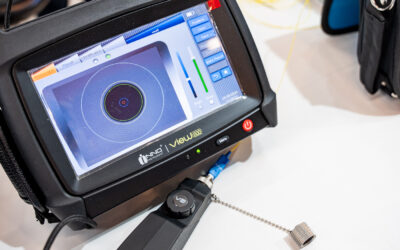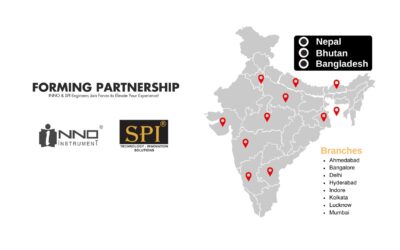Fusion splicers are indispensable tools for fiber optic network installations, offering a variety of powerful splice modes to optimize performance. Each splice mode defines key parameters like arc currents, splice times, and other settings that influence the splicing process. Selecting the right mode is essential for achieving high-quality, low-loss splices, especially when working with different fiber types or applications.
This guide explores the most common splice modes, their applications, and step-by-step instructions on how to select and adjust them on your INNO Fusion Splicer.
Understanding Splice Modes
1. Automatic Mode (Auto Mode)
Auto Mode is the most intuitive and user-friendly splice mode. The fusion splicer automatically detects the fiber type, such as single-mode (SM), multimode (MM), or dispersion-shifted (DS) fibers, and adjusts parameters like arc power and heating time accordingly.
Applications:
- Ideal for beginners who are new to fiber splicing.
- Perfect for bulk installations where speed is crucial.
- Recommended for standard splicing conditions, minimizing setup time.
2. Manual Mode
Manual Mode offers full control over all splicing parameters. Users can adjust arc intensity, splice time, and fiber alignment manually to suit specific needs.
Applications:
- For specialized installations requiring non-standard settings.
- Essential for repair work and testing splicer performance.
- Useful when working with uncommon fiber types or experimental setups.
3. Single-Mode (SM) Splice Mode
This mode is designed specifically for splicing single-mode fibers, which have a small core diameter and low dispersion. The parameters in this mode are optimized to handle the delicate structure of SM fibers.
Applications:
- Long-distance networks, such as telecommunication backbones.
- High-quality connections requiring minimal signal loss.
4. Multimode (MM) Splice Mode
This mode is tailored for multimode fibers, which have a larger core diameter compared to single-mode fibers. Multimode splicing requires specific arc power settings to account for differences in core structure.
Applications:
- Short-distance networks, such as LAN (Local Area Networks) and MAN (Metropolitan Area Networks).
- Used in data centers and other short-range applications.
How to Change the Splice Mode: Step-by-Step Guide
Adjusting the splice mode on your INNO Fusion Splicer is straightforward. Follow these steps to select the appropriate mode for your fiber type:
Step 1: Display the Active Splice Mode
- The active splice mode is always displayed on the left side of the screen.
- This allows you to verify the current mode before making any changes.
Step 2: Access the Main Menu
- Select [Splice Mode] from the Main Menu on your splicer.
- This will display a list of available splice modes, including Auto, Manual, Single Mode, and Multimode.
Step 3: Select the Desired Splice Mode
- Highlight and select the appropriate splice mode for your application.
- For example, choose Single Mode for SM fibers or Multimode for MM fibers.
Step 4: Confirm the Selection
- The selected splice mode will appear on the screen.
- Press the [Reset] button to return to the initial interface page and begin splicing.
Optimizing Splice Modes for Uncommon Fiber Combinations
In addition to preset modes, most fusion splicers allow users to modify and optimize parameters for unique fiber combinations. For instance:
- Adjust arc current for fibers with unusual coatings or diameters.
- Save custom splice modes for future use to streamline workflows.
These capabilities make it easier to handle specialized projects and ensure reliable results.
Why Selecting the Right Splice Mode is Important
- Improved Splicing Quality: Each mode is tailored to specific fiber types, ensuring accurate alignment and minimal signal loss.
- Increased Efficiency: Automatic adjustments in preset modes save time during installation and reduce errors.
- Flexibility for Advanced Applications: Manual and customizable modes offer the precision needed for complex projects.
Selecting the correct splice mode is a crucial step in ensuring the success of your fiber optic installations. Whether you’re a beginner using Auto Mode for standard tasks or an experienced technician optimizing parameters for specialized applications, choosing the right mode guarantees high-quality results.
For more information on fusion splicers and their capabilities, visit INNO Instrument’s product page. Keep exploring new techniques and make the most of your INNO Fusion Splicer!






